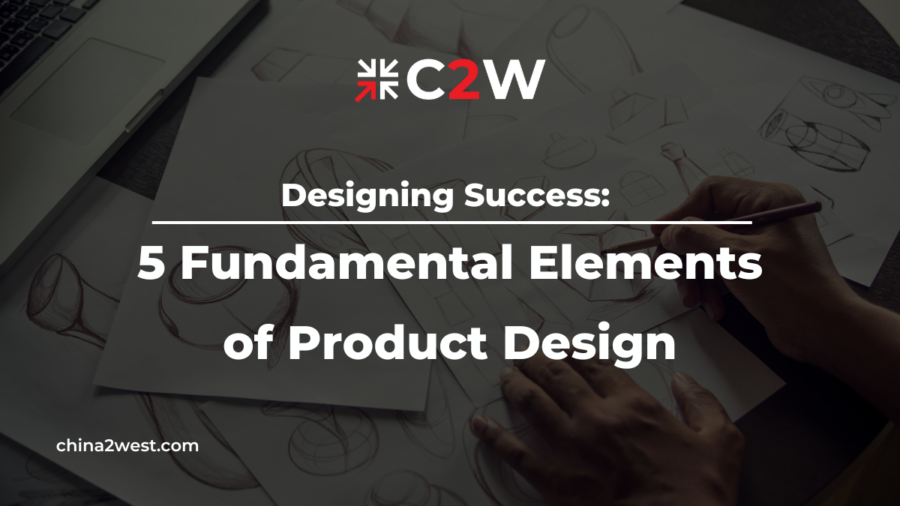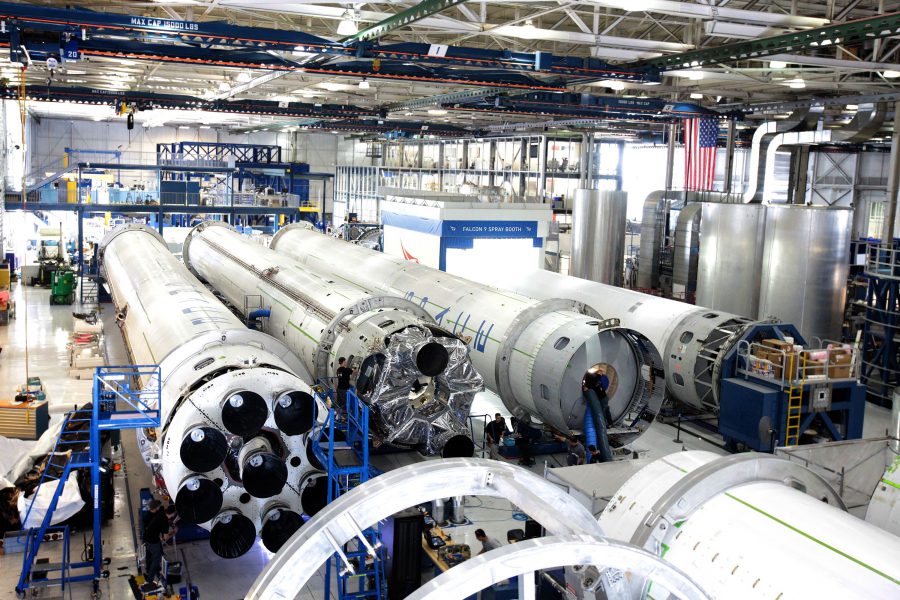In an era where innovation and user-centric solutions reign supreme, designing products that not only meet but exceed expectations has become paramount. Whether you’re a seasoned designer or just embarking on your creative journey, understanding the fundamental principles of product design is essential for achieving excellence in this dynamic field.
In this blog post, we’ll explore five of the fundamental elements of product design, and how they contribute to designing successful products. By understanding these key elements, companies can leverage product design in order to create products that are both marketable and of high quality. So, let’s dive in and uncover the essential building blocks of designing for success.
1) Functionality
The success of product design depends heavily on its functionality, which is its capacity to execute its intended purpose effectively and efficiently. A product that performs well not only satisfies the minimum requirements, but also heightens the user’s enjoyment and satisfaction.
Functionality also involves considering the practicality and usability of the product. This includes factors such as ease of use, intuitive controls, and logical workflows. A well-designed product should be easy to operate, with clear instructions and feedback to guide the user throughout the process. It should also provide a seamless experience, minimizing the learning curve and eliminating unnecessary steps or complexities.
Functionality is closely linked to the performance of the product. Designers need to ensure that the product performs its intended functions reliably and consistently. This involves rigorous testing and prototyping to identify and resolve any issues or limitations in the design. By continuously evaluating and refining the functionality, designers can create products that meet user expectations and deliver a satisfying experience.
2) Aesthetics
Aesthetics in the context of product design refers to the visual and sensory aspects of a product that contribute to its overall appeal, beauty, and emotional impact. Aesthetics play a crucial role in attracting users, creating a positive first impression, and enhancing the overall user experience. In a world where consumers are increasingly drawn to products that not only function well but also look visually appealing, the importance of aesthetics cannot be understated.
In addition to creating an emotional connection with the user, aesthetics can also improve the usability of a product. Well-designed visuals and intuitive layouts can make it easier for users to navigate and interact with the product, reducing the learning curve and increasing user efficiency. Clear and visually appealing instructions or visual cues can also guide users through complex processes or workflows, making the overall user experience more enjoyable and engaging.
3) Ergonomics
Ergonomics is a crucial element of product design that focuses on creating products that are comfortable and efficient to use. It involves designing products that fit well with the human body and accommodate the natural movements and abilities of the user. By considering ergonomics in the design process, companies can ensure that their products are not only visually appealing but also practical and user-friendly.
One of the key aspects of ergonomics is the physical comfort of the user. Designers need to consider factors such as the size and shape of the product, as well as the positioning of controls and buttons, to ensure that users can interact with the product without experiencing discomfort or strain. This includes considerations such as the height of a chair, the placement of a computer keyboard, or the grip of a handheld device.
In addition to physical comfort, ergonomics also encompasses the cognitive and emotional aspects of the user experience. This involves designing products that are intuitive to use, with clear instructions and feedback that guide the user through the interaction process. By reducing the cognitive load and eliminating unnecessary complexities, designers can create products that are easier to understand and operate.
4) Material Selection
Material selection is a critical element in product design that can significantly impact the success of a product. The choice of materials not only affects the aesthetics but also influences the product’s functionality, durability, and overall quality.
When selecting materials for a product, designers need to consider a range of factors, including the product’s intended use, target market, and manufacturing process. The right materials can enhance the product’s performance, improve its durability, and even contribute to sustainability.
Furthermore, the manufacturing process and cost implications are important factors to consider when selecting materials. Some materials may require specialized manufacturing techniques or equipment, while others may be more cost-effective and readily available. Designers need to strike a balance between the desired product qualities and the practicality of manufacturing at scale.
5) User experience (UX) design
User experience (UX) design is a crucial element in product design that focuses on creating seamless and enjoyable interactions between the user and the product. It involves understanding the user’s needs, expectations, and behaviors to design products that are intuitive, efficient, and satisfying to use.
A well-designed user experience can greatly impact the success of a product. It can enhance customer satisfaction, drive customer loyalty, and differentiate a product from its competitors. By prioritizing UX design, companies can create products that users not only find functional and aesthetically pleasing but also find easy to navigate and interact with.
Unlock Your Product Potential with China 2 West’s Expertise
In addition to these fundamental elements, successful product design also involves collaboration among cross-functional teams, including designers, developers, marketers, and product managers. After all, successful product design is not a one-time effort but a continuous process of improvement and adaptation to changing user needs and market conditions.
Unlocking the full potential of your product often requires a strategic partnership that goes beyond borders and cultures. China 2 West is your key to unlocking the immense opportunities that lie in one of the world’s most dynamic manufacturing and supply chain ecosystems.
With our extensive experience, deep industry knowledge, and a vast network of resources, we empower businesses to navigate the complexities of manufacturing in China and beyond. Whether you’re looking to optimize production costs, improve product quality, or enhance your supply chain efficiency, our team can provide the expertise and support you need. Don’t hesitate to contact us today and see how we can help you achieve your goals.



